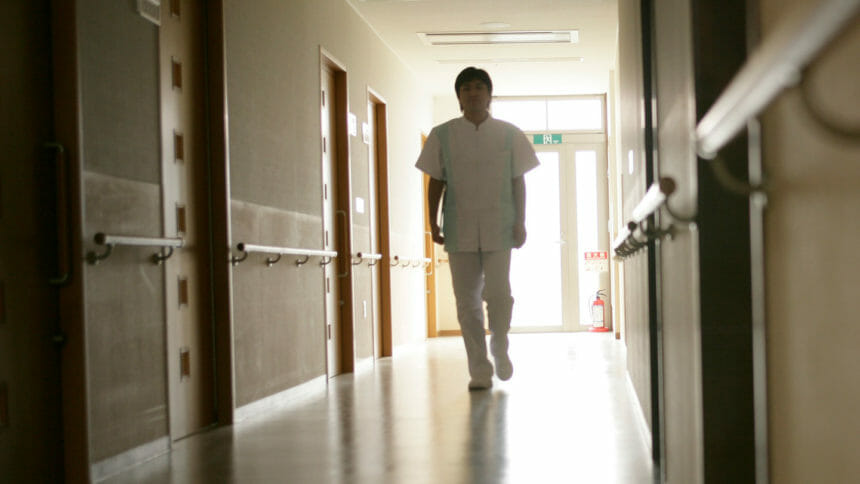
New Five-Star scoring metrics could penalize an estimated 10% to 16% of providers who have relied on staffing strengths to drive their overall ratings.
The Centers for Medicare & Medicaid Services on Thursday published new guidance for calculating staffing stars in the public-facing rating system. It incorporates total nurse staffing on weekends; annual RN and total nurse turnover; and administrator turnover.
The guidance also tightens up which facilities can get an extra star for above-average staffing. Instead of awarding an additional star for facilities with a 4-star staffing rating, CMS will now reserve that privilege for facilities with 5-star staffing ratings only.
“The changing of a calculation for an overall star is front and center,” Steven Littlehale, chief innovation officer at Zimmet Healthcare Services Group, told McKnight’s Long-Term Care News on Friday. “The providers that routinely achieve a 4-star in staffing have very strong outcomes. The market being as it is might really limit their ability to expand to 5 stars in staffing. They will ultimately lose that bonus point.”
The added data will affect calculations beginning with a July 27 refresh, CMS said.
Spencer Blackman, director of product at analytics firm StarPro, found 1,556 nursing homes, about 10%, currently earn a “bonus” star for their 4-star staffing efforts. Another analysis by Formation Healthcare found 2,453 facilities, or about 16% nationwide, would lose one star from their overall rating if the new methodology maintains their 4-star nursing staffing rating.
“Anyone with a 1, 2 or 3 in survey is looking to get those bonus stars,” Blackman told McKnight’s in an email Friday. “We think going to 5 in quality metrics is the easiest and smartest (way to improve an overall score), but getting to 4 in staffing under today’s system is achievable for many operators. The move to this new cut point system means that some of today’s staffing 4’s may be 3’s or 5’s tomorrow.”
While Blackman said it’s hard to know with certainty how many facilities will actually lose an overall star, some pain is likely. He said some operators have told his firm that achieving 5 stars currently “is so expensive as to be bordering on the irresponsible.”
As of last week, 1,730 homes had a 5-star staffing rating. Blackman noted, however, that there’s a higher proportion of nonprofits, hospital-supported transitional care units and smaller facilities for whom the ratios worked better under the existing scoring formula. He predicted the new metrics could even out some of those advantages.
Formation Managing Partner Melissa Fedun projected some early scoring changes based on Payroll-Based Journal data released in April.
The firm anticipates:
- For RN turnover, 31% of facilities will receive the highest number of points (50) and 7% of facilities with the highest RN turnover will receive the lowest number of points (5)
- For total nurse turnover, 26% of facilities will receive the highest number of points (50) and 8% of facilities with the highest total nurse staff turnover will receive the lowest number of points (5)
- For administrator turnover, 47% of facilities reported no losses during the reporting period and will receive 30 points
While providers have known which factors would be added to scoring since CMS made a January announcement, Blackman said he was surprised to see just how much weight CMS gave the new turnover and weekend staffing data.
“I expected that bad turnover/weekend metrics could mean that the staffing star rating got ‘capped’ at a certain level, but under the new system, together, they’ll account for almost half of the points,” he said.
While Littlehale said the shift might confuse the very consumers for whom the Care Compare tool is intended, he underscored that the new metrics matter when it comes to patient care.
Earlier this year, his firm found that staffing consistency — meaning similar ratios across weekday and weekend shifts and low staff turnover — are linked to facility stability.
Those metrics matter, Littlehale said.



